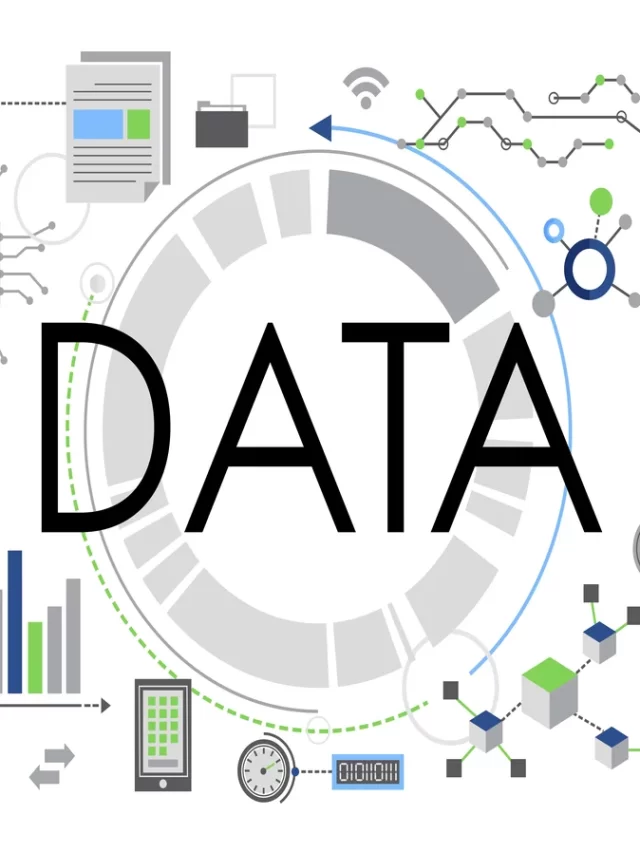Top 10 Internal Linking Strategies for Accessibility Excellence: Your Ultimate Guide

Creating a website that is not only visually appealing but also accessible to all users is crucial in today’s digital landscape. One often overlooked aspect of accessibility is internal linking. This guide will delve into the top 10 internal linking strategies to enhance accessibility on your website, ensuring a seamless and inclusive user experience.
1. Meaningful Anchor Texts: When creating internal links, opt for anchor texts that provide clear and concise information about the linked content. Screen readers heavily rely on anchor texts to convey the purpose of the link, making it essential for accessibility. Descriptive anchor texts enhance navigation for users with visual impairments, ensuring they understand the destination before clicking.
2. Logical Link Structure: Organize your internal links in a logical and hierarchical manner. This structure aids users in understanding the relationships between different pages on your website. For individuals using assistive technologies, a well-defined link structure can make navigation more intuitive, enhancing the overall accessibility of your site.
3. Skip Navigation Links: Implementing “skip navigation” links can significantly improve the user experience for those navigating with screen readers. These links allow users to skip repetitive content and directly access the main content, reducing frustration and streamlining their interaction with your website
4. Consistent Link Styling: Maintain a consistent style for your links throughout the website. Consistency in link styling, such as color, underlining, or other visual cues, helps users easily identify and recognize links. This is especially important for individuals with cognitive disabilities who may rely on consistent visual elements for navigation
5. Accessible Link Targets: Ensure that clickable areas are sufficiently large and easily selectable. Users with motor disabilities may struggle with small or closely spaced links. By providing adequate spacing and size, you make your website more accessible to a broader audience.
6. Descriptive Titles and Context: Include descriptive titles and context for each page to provide users with a clear understanding of the content they are about to explore. Screen readers often use page titles to announce the purpose of a page, so crafting informative titles enhances accessibility for users with visual impairments.
7. Use ARIA Landmarks: Leverage ARIA (Accessible Rich Internet Applications) landmarks to define the different sections of your website. Landmarks such as “main,” “navigation,” and “footer” offer additional navigational cues for users with screen readers, making it easier for them to comprehend the structure of the page.
8. Test with Accessibility Tools: Regularly test your website with accessibility tools to identify and address potential issues. These tools can simulate the experience of users with different disabilities, helping you fine-tune your internal linking strategies for optimal accessibility.
9. Provide Text Alternatives: For non-text content linked internally, such as images or multimedia, always include descriptive alt text. This practice ensures that users with visual impairments can understand the purpose of the linked content even if they cannot view it directly.
10. Keep Content Updated: Regularly update and review your content to ensure that all internal links remain accurate and relevant. Outdated links can be frustrating for users and may lead to a disjointed user experience, particularly for those relying on screen readers.
Key Takeaways
Incorporating these internal linking strategies into your web development practices not only enhances accessibility but also contributes to a more inclusive online environment. By prioritizing the needs of users with diverse abilities, you create a website that is not only user-friendly but truly accessible to all.
FAQs:
Internal linking plays a crucial role in accessibility by providing a navigational structure that benefits users with disabilities. Meaningful anchor texts, logical link structures, and other strategies enhance the overall user experience, making it more inclusive for everyone.
Meaningful anchor texts offer clear and descriptive information about the linked content. This is particularly beneficial for users with visual impairments who rely on screen readers. Descriptive anchor texts help them understand the purpose of the link and navigate more efficiently.
“Skip navigation” links are shortcuts that allow users to bypass repetitive content and jump directly to the main content of a page. These links are crucial for users with screen readers, providing them with a more streamlined and less frustrating browsing experience.
Consistent link styling, including colors, underlining, or other visual cues, helps users easily identify and recognize links. This consistency is especially important for individuals with cognitive disabilities, providing them with clear visual markers for navigation.
ARIA landmarks (Accessible Rich Internet Applications) help define different sections of a webpage, providing additional navigational cues for users with screen readers. By incorporating ARIA landmarks, you enhance the understanding of your website’s structure for these users.







